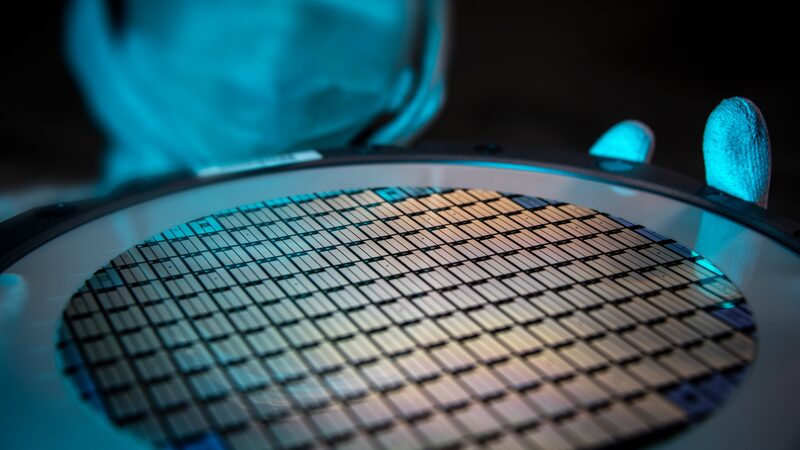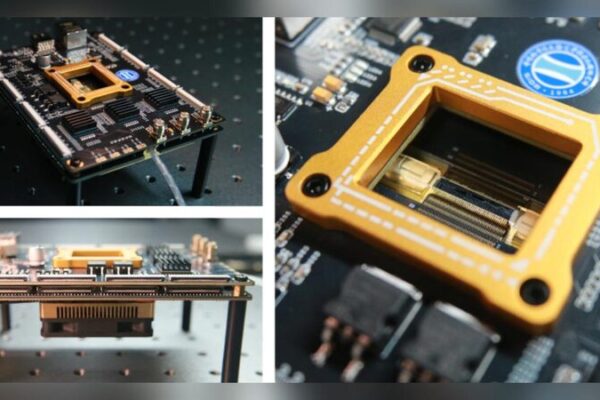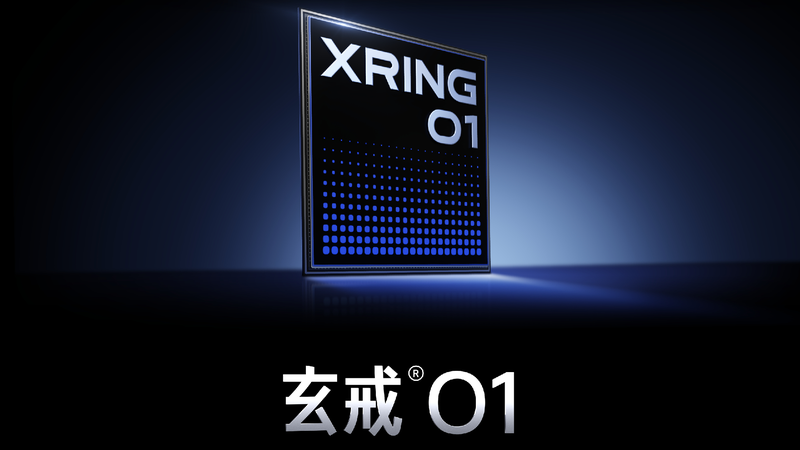In a groundbreaking advancement for semiconductor technology, a Chinese research team has developed an ultra-thin microprocessor that is only a few atomic layers thick. The microprocessor, named WUJI, is a 32-bit RISC-V processor based on two-dimensional (2D) semiconductors, marking a significant leap forward in the miniaturization of electronic components.
RISC-V is a free and open-source instruction set architecture known for its design flexibility and low power consumption, making it ideal for a wide range of applications. The WUJI chip houses 5,900 transistors and includes a standard cell library with 25 types of logic units. It is capable of performing addition and subtraction operations on up to 4.2 billion data points and can execute up to 1 billion instructions, according to Zhou Peng, a researcher at Fudan University.
“Our 2D logic circuits are designed to align with the latest advances in silicon integrated circuits,” said Zhou Peng, the corresponding author of the study published in Nature this week. “We’ve also optimized the process flow to ensure seamless integration.”
The research team utilized innovative artificial intelligence algorithms to achieve precise control over every aspect of the chip’s development, from material growth to the integration processes. This approach allowed them to overcome significant challenges associated with wafer-scale integration for 2D circuits.
“Our success with the WUJI microprocessor prototype demonstrates the vast potential of 2D integrated-circuit technology beyond traditional silicon-based electronics,” Zhou added. “This could open the door to a new era of ultra-thin, high-performance electronic devices.”
The development of such ultra-thin microprocessors could have far-reaching implications for the future of technology, potentially leading to more compact, efficient, and powerful devices. As scientists continue to push the boundaries of what’s possible at the atomic scale, the next generation of electronics could be unlike anything we’ve seen before.
Reference(s):
Chinese team develops groundbreaking ultra-thin microprocessor
cgtn.com








